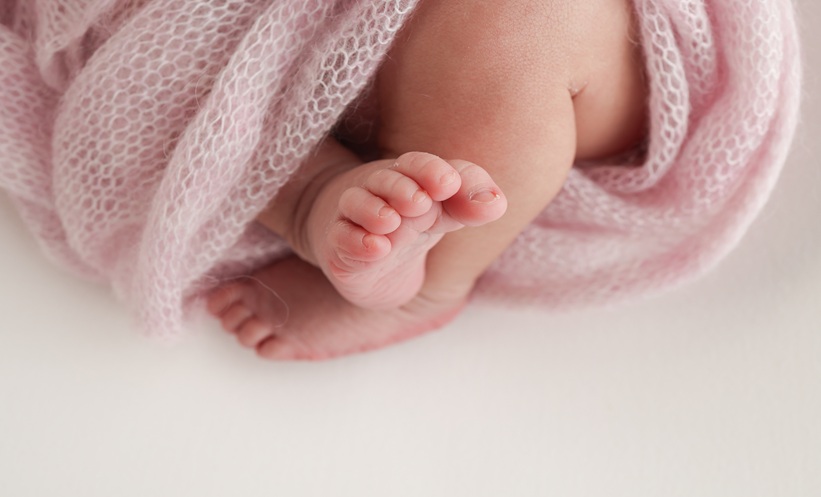OPIOID use disorder presence during pregnancy could be identified by new biological markers. Patterns of opioid use for pain relief during pregnancy must be monitored for potential effects on the fetal placenta and data shows this is increasingly important as the number of pregnant females diagnosed with an opioid use disorder has quadrupled between 1999 and 2014. Prescription of opioids, including oxycodone, can result in opioid use disorder and postbirth weight conditions such as low-birth weight.
In one of the first studies to assess how developmental exposure to opioids affects the embryo using an animal model, researchers from the University of Missouri, Columbia, Missouri, USA, focussed on the effect of oxycodone during pregnancy on a mouse’s placenta. Mice and human placentas both have placenta-specific cells in direct contact with a mother’s blood, a similarity which allowed for this assessment. This was also favourable because a pregnant mouse can give birth in 21 days and changes could be assessed quickly. The researchers found that during pregnancy, taking opioids reduces and kills cells that ordinarily produce by-products for healthy brain development, having an overall negative effect on the structure of the placenta. Dr Cheryl S. Rosenfeld, study author and professor of biomedical sciences commented on the findings: “Our results show when mothers take oxycodone during pregnancy, it causes severe placental disruptions, including elevation of certain gene expressions.” The authors noted differences in genetic expression between female and male placentas in response to oxycodone exposure.
Expression pattern contrasts in key genes between females and males could give rise to potential biomarkers for the detection of opioid use during pregnancy. The results may lead to research into the brains of exposed offspring to “…then use this information to help epidemiologists identify behaviours that people should be looking at in children whose mothers have taken these opioids,” according to Rosenfeld. This study, an early step in translational medicine, paves the way for investigation of how these conceptuses are affected after birth.








